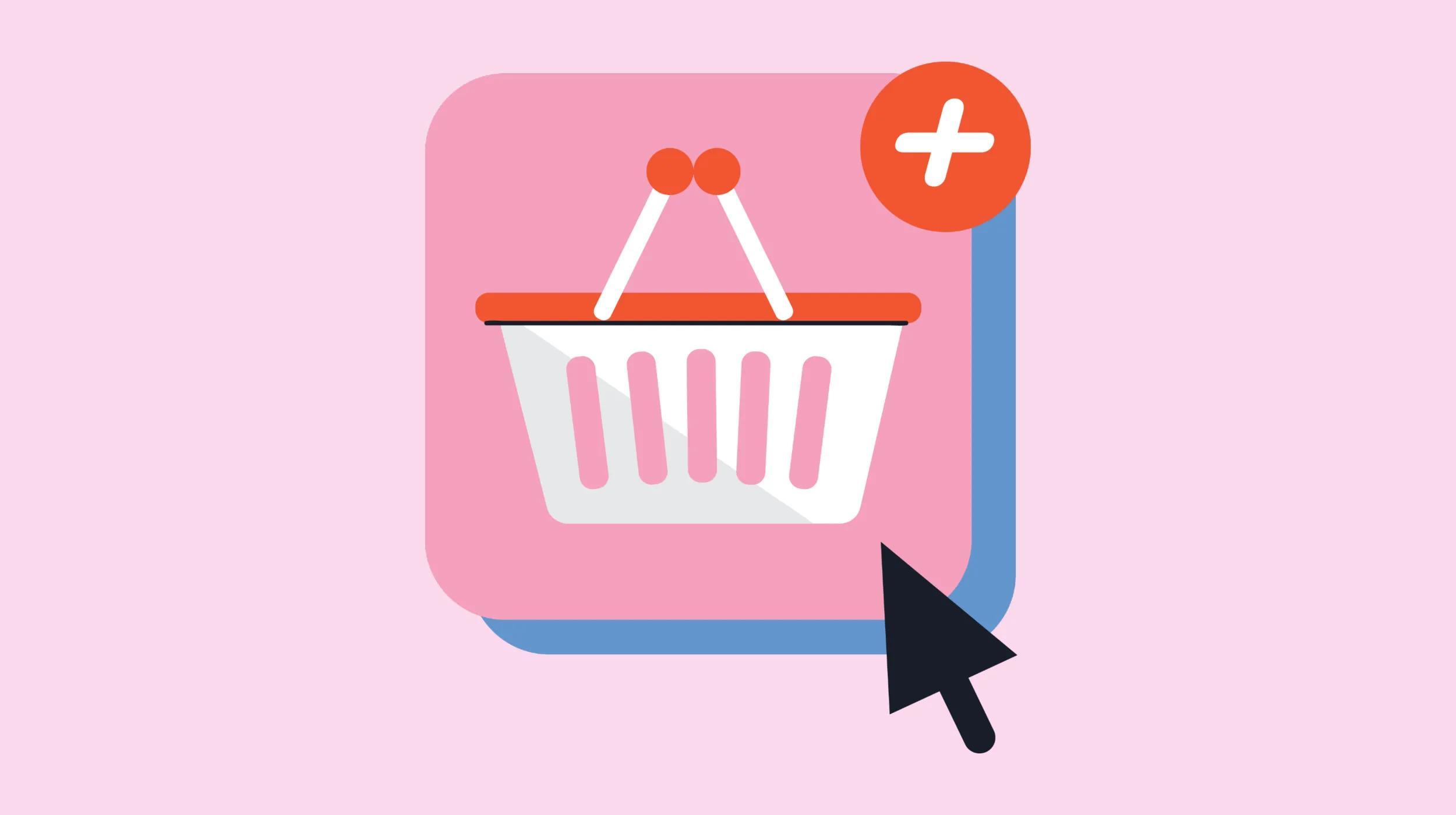If you sell only in person, you’re likely missing out on thousands of potential buyers who are already browsing and buying online. Online marketplaces like Amazon, Walmart, and eBay have become go-to destinations for shoppers, and they offer in-person retailers a powerful way to grow without opening another location.
So what’s marketplace selling about, and how does it fit into a broader omnichannel retail strategy? In this guide, we’ll show you how GoDaddy Marketplaces helps physical sellers easily list products, sync inventory, and manage sales across channels — all from one place.
Why selling on online marketplaces matters
Online marketplaces aren’t just another sales channel, they’re where shoppers already are. According to eMarketer, marketplace sales now make up 38.5% of all retail ecommerce. That means more than one-third of online retail purchases happen on platforms like Amazon, Walmart, and eBay, not brand websites.
For in-person retailers, this opens up a massive opportunity. Listing your products online gets them in front of new audiences without the overhead of launching a second location or full ecommerce website. Marketplace selling isn’t meant to replace your brick-and-mortar store, it’s meant to extend it.
Selling where customers already shop also builds brand visibility. With the right tools, adding online marketplaces to your sales strategy is both a practical and scalable way to grow.
Your customers are already shopping there
Before most customers walk into a store, they’ve already done their homework, and increasingly, that research starts on online marketplaces. Shoppers use marketplaces like Amazon and Walmart to browse, compare, and read reviews before making a purchase decision.
If your products aren’t listed where people are already looking, you’re invisible to a huge segment of potential buyers. In many cases, those buyers may never make it to your store — they’ll buy from someone else who showed up in search results.
Even loyal local customers may prefer the ease of reordering from a marketplace. Your marketplace presence doesn’t just attract new shoppers; it helps keep existing ones coming back.
Bottom line: if you’re not on online marketplaces, your competitors are. Listing your products is how you stay in the game and in your customers’ consideration set.
Shoppers expect omnichannel options
Customers expect flexibility. They want to shop how, when, and where it’s most convenient for them. That could be in your store, on their phone, or through a major online marketplace. The line between in-store and online shopping has blurred, and buyers now move fluidly between channels.
Trends like Buy Online, Pick Up In Store (BOPIS) and research-online-buy-offline (ROBO) are clear signs that shoppers want a seamless experience. If your business only exists in one channel, it limits your ability to meet that expectation and to compete.
Marketplace selling helps bridge that gap. By listing your products where people already browse and buy, you become part of their shopping journey no matter where it starts. When your in-store and online channels support each other, you create more ways to convert interest into sales.
Omnichannel isn’t optional anymore. It’s what your customers already expect.
Marketplace selling or standalone online store?
When moving online, many retailers ask the same question: Should I sell on online marketplaces or launch my own ecommerce website? The truth is, both have value—but for in-person sellers starting out, online marketplaces offer a faster, simpler path to online revenue.
Online marketplaces already have millions of active shoppers, built-in search tools, and customer trust. You don’t have to spend time or money driving traffic because they’ve already done that for you. Listing your products puts them in front of people who are ready to buy.
A standalone store gives you more control over branding and the customer experience, but building an audience requires work. You'll need to invest in marketing, design, and ongoing maintenance.
That’s why online marketplaces are often the smarter first step. You can start selling quickly, reach more customers, and test what works, then expand into your own site when you're ready. It's about starting smart and scaling on your terms.
How to get started selling on online marketplaces
Getting started with marketplace selling is easier than you might think. Some in-person retailers use marketplaces to offload slow-moving or excess inventory. Others tap into marketplaces during seasonal spikes, selling items like holiday decor, outdoor gear, or back-to-school bundles when demand is highest. Many use platforms like Etsy to showcase unique or customizable products that resonate with niche audiences.
There’s no single path to entry. Marketplace selling can support a specific goal or play a larger role in your retail strategy. Whatever the reason, starting with a focused objective helps clarify how marketplaces can work for your business.
Sell in more places, manage it all in one
Expanding from a physical store to online marketplaces doesn’t require an all-at-once transformation. With the right tools, it’s a gradual, manageable shift that supports steady growth. GoDaddy makes it easy by helping you bring your in-store inventory online and manage it across top channels like Amazon, eBay, and Etsy.
Whether you begin with a few key products or your full catalog, GoDaddy lets you import and sync listings across marketplaces from one place. No rebuilding, no juggling logins, no manual data entry. You can adjust pricing, monitor performance, and expand into new channels when the time is right, all within a single dashboard.
And that’s just one piece of a bigger picture. GoDaddy Commerce unifies your point-of-sale, ecommerce store, social selling, and marketplace presence so everything stays in sync: products, inventory, orders, and customers.
Want to see what this looks like in action? Learn more about how GoDaddy Marketplaces fits into a broader multichannel approach here.






